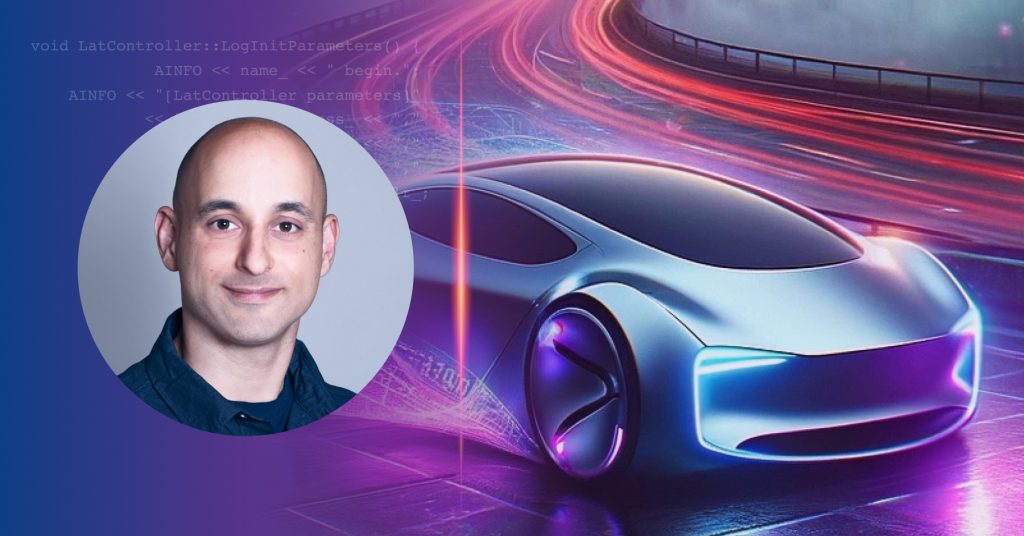A watershed describes an area of land that contains a common set of streams and rivers that all drain into a single larger body of water. History shows that for new technologies to be successfully deployed, there needs to be a watershed moment where everything from powerful chipsets, to advanced networks, standards and interoperating components need to come together at the same time to truly leverage the power of new solutions and change the way people live, work and play.
This reality was recently reported in The Wall Street Journal’s Decade of Disruption supplement. In Joanna Stern’s article, First the Smartphone Changed then Over a Decade, it Changed Us, she quotes AT&T’s former Vice Chairman, Ralph de la Vega, saying “When one piece of technology changes, it’s a big deal, but when two or three things change that are complementary at the same, it’s really disruptive.”
For the mobile phone industry, only when the network technology (3G), operating systems (iOS and Android) and the phones’ processing power, battery life and storage capacity reached a tipping point did mobile phones become ubiquitous to our way of life with consumers watching videos, receiving mails, playing, shopping, banking and surfing online all from the computer in their hand. This watershed moment also made over-the-air (OTA) updates truly beneficial for smartphone users. At this point in time, all of the firmware and applications – the entire phone – could be updated and continuously maintained throughout the lifetime of the phone.
Once OTA solutions were ubiquitous within the mobile phone industry, the OTA vendors set their sights on the automotive market. The car became the next device to update. Today, most of the over-the-air updates are keeping the non-critical head unit, infotainment system and telematics control unit updated. With the exception of Tesla, that built their vehicle platform as a software platform from the ground up.
New technologies comprising today’s watershed moment for software as the predominant technology in cars — the technology rivers and streams that are aligning — are electrification, 5G, computer vision and software solutions based on advanced AI and machine learning. This convergence will ensure that automotive manufacturers can update more than the head unit, infotainment system and telematics control unit. This watershed moment will result in the ability to run software diagnostics and updates for the safety of critical and non-critical components alike throughout the entire vehicle – end-to-end, bumper-to-bumper, hood-to-trunk, bonnet-to-boot.
This watershed moment also offers the opportunity for automotive manufacturers to redesign their entire E/E architecture and adopt new centralized systems that manage in-vehicle software components as micro-services, ensuring flexibility, cost savings, software quality, safety and security.






 9 min read
9 min read
![Agile Development in Automotive [Pt. 3] Agile Development in Automotive [Pt. 3]](https://www.auroralabs.com/wp-content/uploads/2024/04/Tal-Avidan_Blog_lobby_768x432-1-1024x576.jpg)